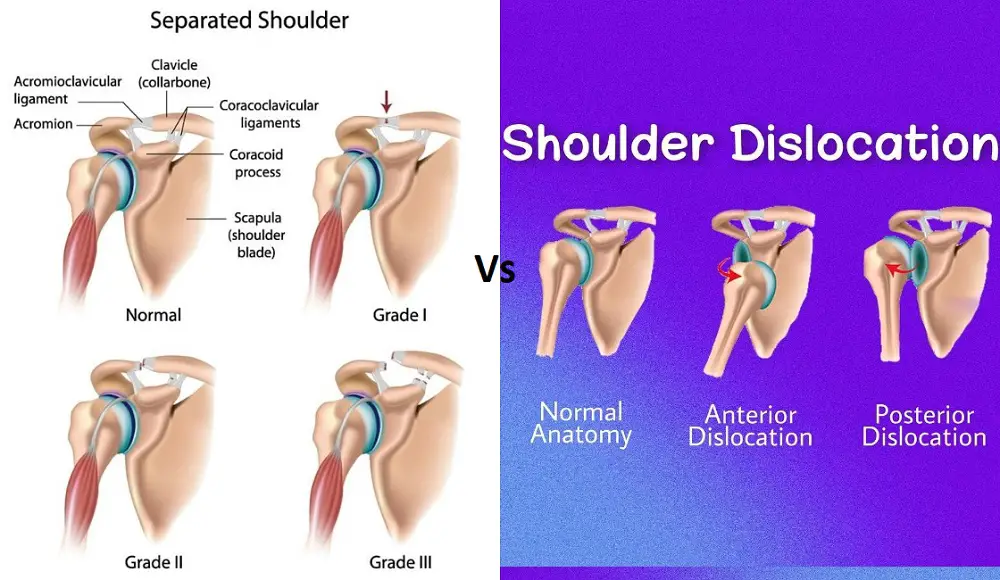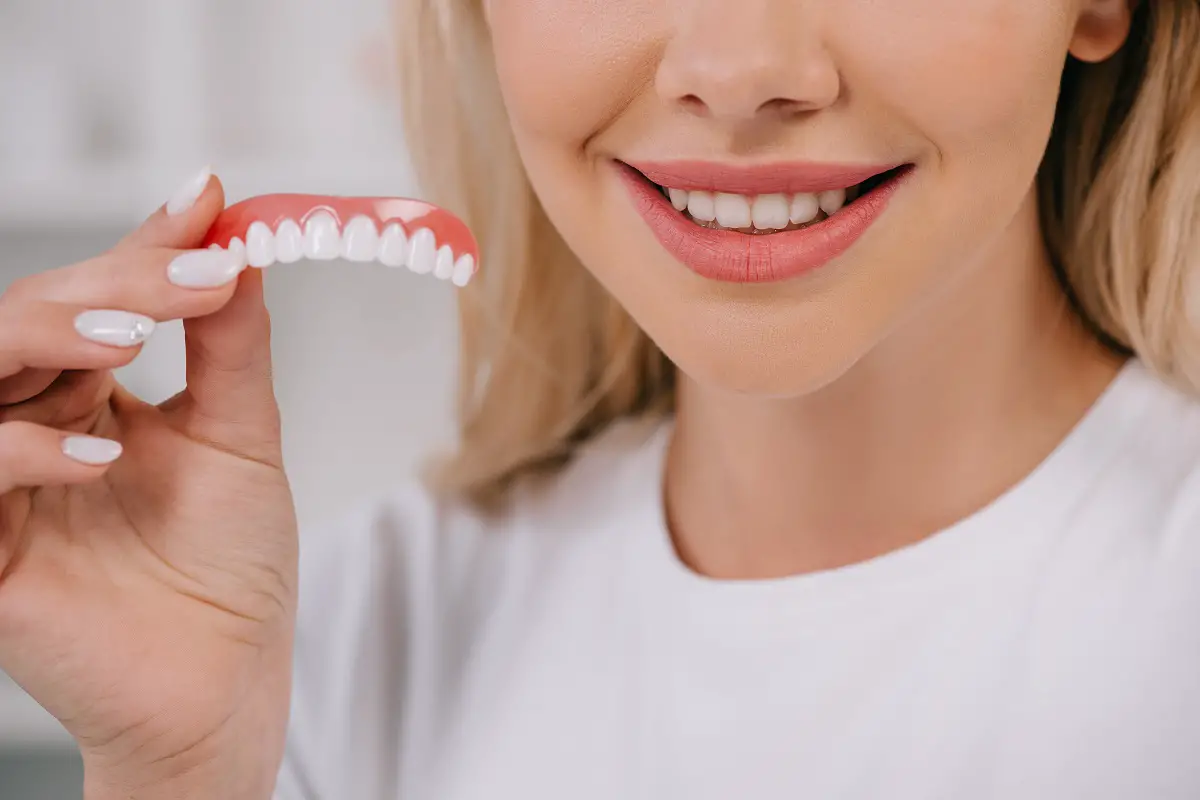Difference Between Invisalign and Braces (With Comparison Table)
Are you struggling with misaligned teeth? We get it; it can be a discouraging condition, making you feel unconfident about your appearance. Severe cases of misalignment can even put pressure on joints in your head.
If you’ve looked into possible solutions, braces are probably the first method you’ve heard about. But perhaps you’ve even come across Invisalign. And now, you’re confused about which to pick between the two to get that beautiful smile!
That’s as it should be because the difference between Invisalign and braces can, in fact, be difficult to identify clearly. However, although they might seem to be very similar- there are, in fact, quite a few signifying distinctions between the two. Here’s how to tell them apart.
Invisalign vs. Braces: An Overview
Before you can start figuring out the differences between Invisalign and braces, it’s important to understand each orthodontic device better.
What Are Braces?

Braces are basically brackets for your teeth which are attached using a sort of band. Each of these brackets is connected using an archwire, which is a thin metal wire that is responsible for slowly directing the teeth into their appropriate positions over time. They do this by exerting small amounts of pressure.
No doubt, you will have already seen what braces look like, and you might be concerned that they’re too noticeable or large. With advancements in orthodontic technology, however, this is no longer the case.
Braces are available in a wide variety of colors, including enamel-like shades, which allow them to blend into the background teeth better.
What Is Invisalign?

Invisaligns are removable custom plastic aligners that slowly shift the teeth into alignment over time. Each set of trays must be worn for at least two weeks and for at least 20 hours each day. Removing Invisalign trays is super easy, which also makes brushing and flossing a lot easier than when one is wearing braces.
A set of Invisalign resembles a set of trays in appearance, discreetly designed. Most importantly, they are transparent, which is the main reason behind their popularity with those who aren’t fans of the overall aesthetic of braces.
Moreover, they’re also very comfortable compared to braces. All that said, it may not ultimately be up to you whether you should get a set of Invisalign instead of braces.
Difference Between Dental Crown and Dental Veneer
Which Is Better: Invisalign or Braces?
Now that you know what sets Invisalign apart from braces, you might still be wondering which one is better. Let’s look at some of the reasons why people prefer both kinds.
Braces Are Better for Those with Severely Misaligned Teeth
Let’s face it: some cases of tooth alignment are far worse than others. If your teeth are severely rotated, Invisalign just won’t cut it. Particularly if it’s your bicuspids that are in trouble, you’re going to have to get braces.
This is because Invisalign trays are prone to slipping when they try to grip rounded bicuspids. In the case of traditional braces, however, which are attached securely to each tooth and not removable.
Braces Force You to Stay on Track
Whether it’s braces or an Invisalign tray, having to walk around with your teeth in some sort of enclosure is not a fun time for anyone. That’s why the popularity of Invisalign can be chalked up to the fact that they’re removable. After all, having braces in does make it difficult to clean your teeth.
If you have low self-discipline, though, it can be a pretty bad thing to have the option of removal. Why? Because the process of shifting teeth to their proper positions is a very gradual process—evidenced by how long it takes.
Even a day or two taken out of schedule can cause the treatment to go awry. You might even have to start over! So it’s no wonder why, when looking to get their kids’ teeth straightened, parents always opt to choose braces instead of Invisalign.
Braces Align the Root As Well As the Whole Tooth
One of the main distinctions between Invisalign and braces is how each one works. While Invisalign trays exert pressure on the upper part of the tooth, traditional braces exert force on the whole of the tooth. As a result, the root of the tooth is repositioned as well as the whole tooth.
All that being said…
Invisalign Is Much More Aesthetically Appealing
There is no question on this matter. Unless you absolutely don’t give a hoot how your teeth will look in braces, you’ll be hard-pressed not to admit that Invisalign looks much better, simply because it’s invisible! Moreover, it’s molded to the exact shape of your teeth!
Even if braces come in colorful variations, that hardly makes up for the overall visual effect of having a hefty metal wire across your teeth.
Invisalign Trays Are Removable Whenever, Wherever
As we’ve discussed, this can actually be a bad thing. But if you have control over your impulses, a removable teeth aligner is a blessing! With regular braces, a common complaint is food getting stuck in the metal.
When it comes to Invisaligns, however, you can just take them out when it’s time to floss and/or brush. This also means that, with Invisalign, you won’t have to refrain from eating sticky/chewy food, which is one of the cardinal rules when you have braces in.
Invisalign is More Comfortable
Once again, there is no question about this. It’s not like having Invisalign aligners put in is perfectly painless and easy, but in comparison to the discomfort of having braces put in, it’s pretty much a walk in the park. Invisalign trays are much gentler in how they exert pressure, which also means there is a lower risk of cut gums.
Some of Our Articles You May Want to Read:
- Plaque Vs. Tartar: 3 Key Differences
- Difference Between Veneers and Lumineers
- Difference Between Cochlear Implant and Hearing Aid
Cost of Invisalign vs. Cost of Braces

One of the most important factors to consider when undertaking any orthodontic treatment is the monetary cost. Thankfully, both traditional braces and Invisalign are covered by most insurance companies. But it’s good to have a working idea of the differences in cost.
Traditional braces will cost anywhere between $2,500 and $10,000, depending on the condition of the patient’s teeth. In the case of Invisalign, the range is wider, with the average cost being between $3,500 and $8,000.
Ultimately, the amount you have to pay will depend upon the severity of your teeth misalignment. In the case of Invisalign, this will be reflected in the number of trays you’ll need in total.
Your dentist will, of course, give you expert advice on which method is better suited to your needs. But know that the final decision is yours. So before you make a choice, make sure to go over this article again!
Difference between Invisalign and Braces: A Table
There’s nothing like a good old table to figure out the differences between these two.
| Braces | Invisalign | |
| Best for | Severe misalignment, gaps, overbites, and underbites | Misalignment only |
| Cost | $2,500 to $10,000 | $3,500 to $8,000 |
| Frequency of dentist visits | Monthly dentist visits are required | Aligners usually have to be changed after every two weeks |
| Duration | Usually worn for up to 2 years | Worn for up to 18 months for at least 20 to 22 hours a day |
| Appearance | Metal, sometimes colored (depending on patient preference) | Transparent |
| Rules for eating | Patients are restricted from eating sticky and chewy foods. | Must be removed before eating and drinking (except water). |
| Post-treatment | Must follow up with a positioner or retainer. | Must follow up with a positioner or retainer. |
We hope that we’ve been able to properly clarify the difference between Invisalign and braces. As you can see, it ultimately comes down to the level of treatment required and your aesthetic preferences. Remember, the decision is ultimately yours, so choose wisely!







